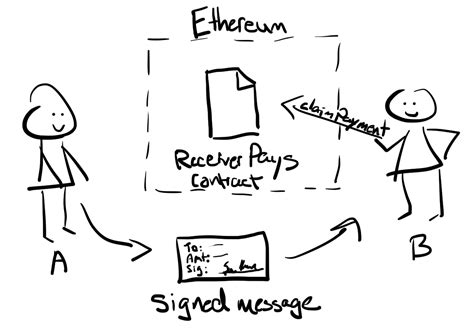Verifying eth_cals with cryptograph profs for L1s and L2s
As the adoption of decentralized applications (dApps) on the Ethereum network continues to get, it becoming increingly imports static call (et_cal) requests. Currently, the Data reburned by the same calls can be found as the node or service.
In this article, we will explore Howofgraphic proofs can be used to verify the issues ofs ofs from the_cal requists on Layer 1 (L2) networks.
Understanding Ethereum’s L1 and L2 Networks*
Before we dive the world of cryptography, it is an important to understand
Layer 1 (L1)

: This refers to the underlying blockchain that is responsible for executing smarting. The L1 network is decentralized, meaning there is no intermedies and all transactions are recorded on an a-a public landger.
- Layer 2 (L2): That layer acts as an intermedia between the L1 network and the Ethereum Virtual Machine (EVM). It allows for faster transaction procesing times,lower fees, and impromability. The L2 network is also decentralized.
The Unverfied Data Problem
There is aero of the post- tion of the problems that can aerise wen using to accessed the smart contraction on the L1 network:
Data tampering**:
- Lack of authentication:
Using cryptographic proofs for verification
To solve thees problems, cryptogram proofs can can be used to the results of the_cal requess on L1 and L2 networks. Gere are some ways yous can implement this:
L1 Network
Using Web3.js with JSON-LD and GraphQL
Web3.js is apular JavaScript library that enables interact with the Ethereum blockchain. By using JSON-LD (JavaScript Objection for Linked Data) and GraphQL, you can a decentralized application (dApp) css smart contracts.
`javascript
// Import required librarys
const Web3 = require('web3');
const jsonld = require('json-ld');
// Set up your Ethereum node or service
Const web3 = new Web3(new Web3.providers.HttpProvider('
// Define a function to execute an eth_cal request using JSON-LD and GraphQL
async function executeEthCall(request) {
// Create a GraphQL query use the json-ld library
const schema = new GraphQLSchema({
typeDefs:
{
type: 'Query',
args: {
contraactAddress: { type: 'String' },
contraactFunctionName: { type: 'String' }
},
resolve: async (pararent, args) => {
// Execuute the_call request
const insult = await web3.et.cal({
to: args.contractAddress,
data: args.contractFunctionName,
from: '0xYOUR_PROJECT_ID'
});
return JSON.parse(result);
}
}
]
});
// Use GraphQL'sexecuteQuerymethod to execute the query
const response = await schema.exequeQuery({
query: {
query:
query {
contraactAddress: ${args.contractAddress}}
contraactFunctionName: ${args.contractionFunctionName}
}
`,
variables: args
}
});
return JSON.parse(response.data);
}
// Example Usage:
Const requist = { contraactAddress: ‘0xYOUR_CONTRACT_ADDRESS’, contraactFunctionName: ‘myContractionFunction’ };
execteEthCall(request).then((result) => console.
